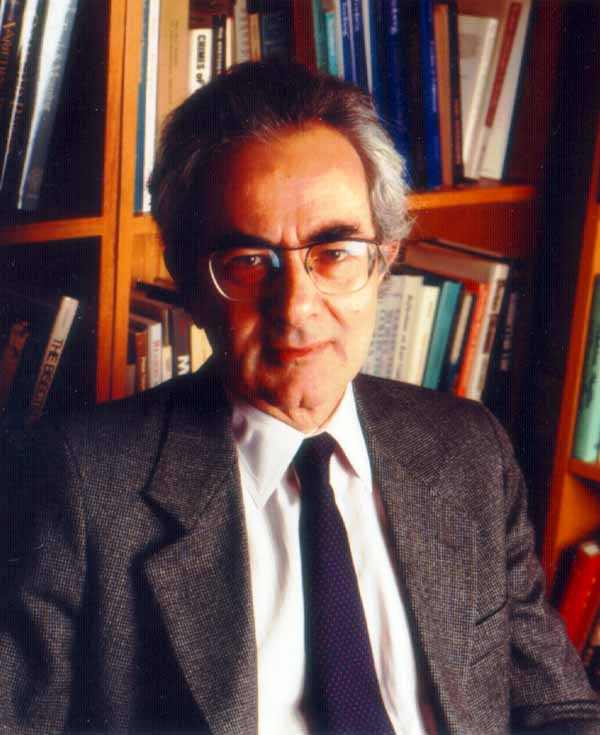 |
|  |
| 
I knew Jeffrey Shallit as a reasonable computational number theorist at the University of Chicago in the 1980s. When it comes to ID, however, he simply can’t think straight. Repulsed by Thomas Nagel’s high praise of Stephen Meyer’s SIGNATURE IN THE CELL (noted here at UD), Shallit calls Nagel a fool and then cites as evidence Nagel’s acceptance of Meyer’s claims about information:
Meyer claims, over and over again, that information can only come from a mind — and that claim is an absolutely essential part of his argument. Nagel, the brilliant philosopher, should see why that is false. Consider making a weather forecast. Meteorologists gather information about the environment to do so: wind speed, direction, temperature, cloud cover, etc. It is only on the basis of this information that they can make predictions. What mind does this information come from? SOURCE
Perhaps Shallit has not read Meyer or is just being willfully obtuse, but Meyer stresses over and over again in his book the difference between specified and unspecified information. Shallit here confuses the two.